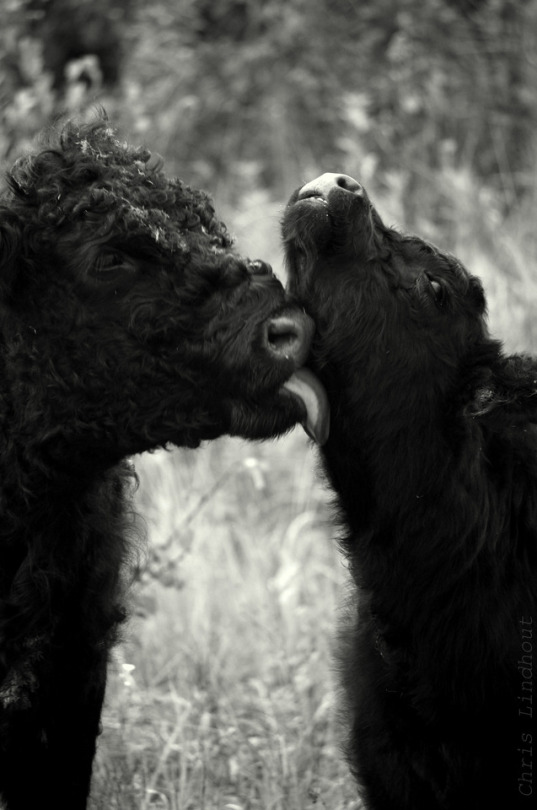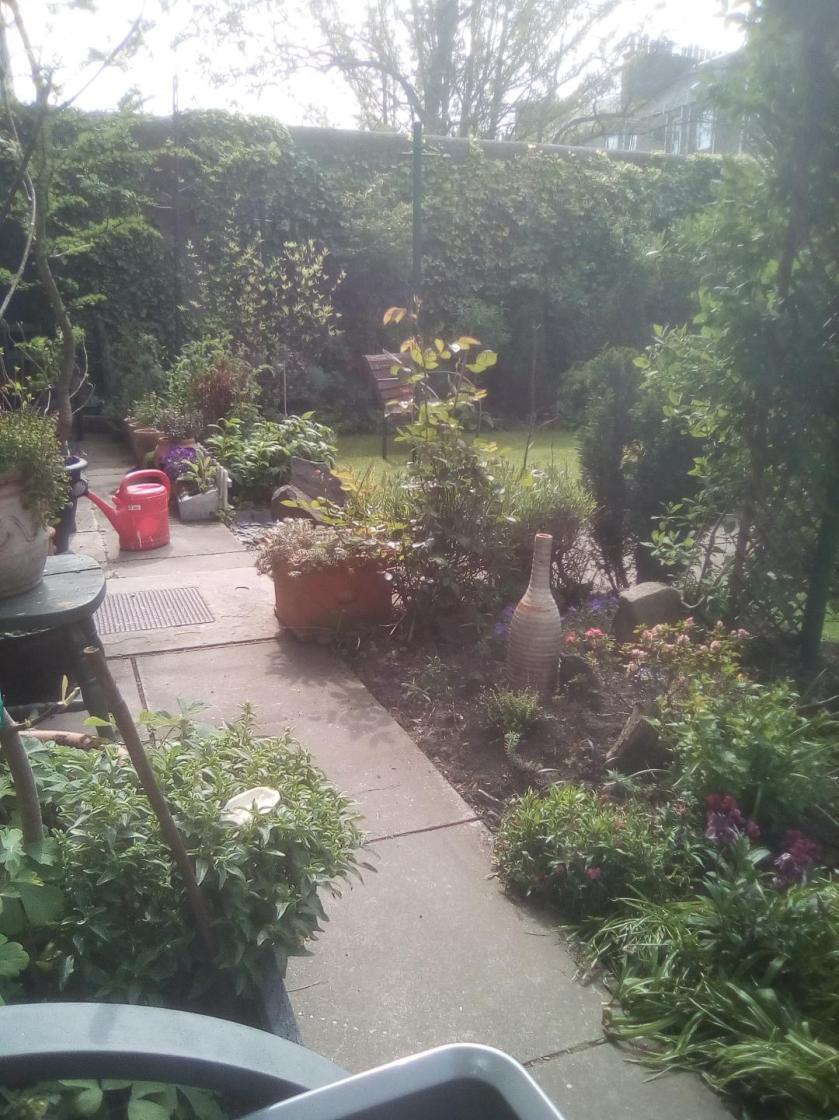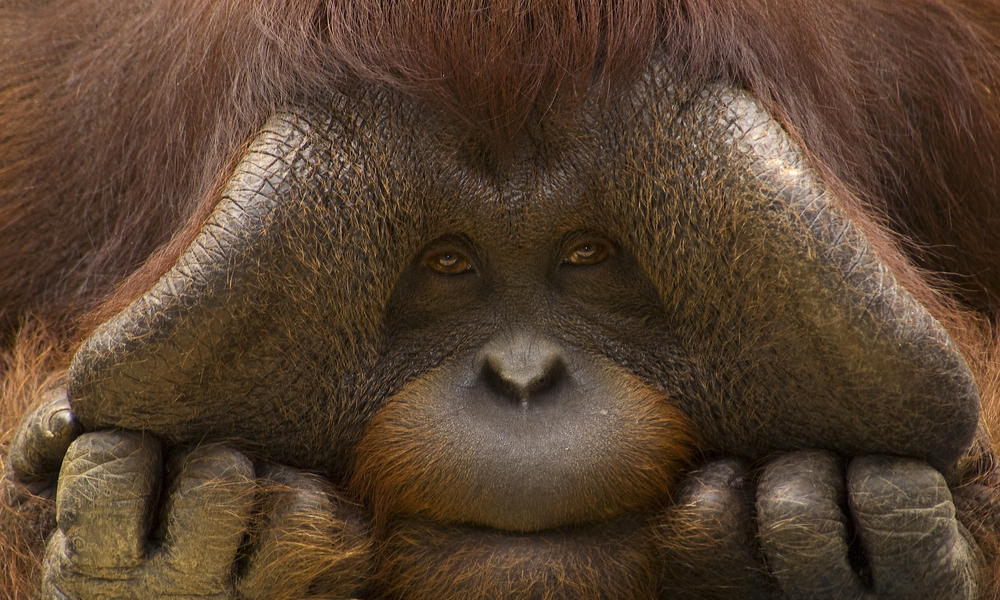





.




















.














I cost nothing to run so donate to https://www.broadcastingscotland.scot/donate/
The bilingual blog about all things British
Love, theatre and ideas
British Wildlife & Photography
Why Scotland should be an independent country
Thoughts about Scotland & the world, from a new Scot
Bipartisan dialogue for the politically engaged
Impartial Everytime Always
We Provide The Facts, You Make The Decisions
Exploring Rhymes, Reasons, and Nuances of Our World
Mark Doran's Music Blog
Songwriter / Guitarist
This site supports Scottish Independence
A comic about history and stuff by FT
The embittered mumblings of a serial malcontent.
an irreverent look at UK politics
Exploring the Depths of Curiosity
Nature + Health
http://netbij.com
Movies, politics, comedy and more...
I see you have a stepladder.
Do you still see your real ladder…?
LikeLiked by 3 people
I’m sure Tris rung him the other day.
LikeLiked by 4 people
I think they are rarely more than a few steps away from each other.
LikeLiked by 3 people
Ohhhh PP.
LikeLike
Ouch, andi.
LikeLike
Oh, very good!!!
LikeLike
Really enjoyed the views of the lawns and gardens of Munguin Towers! Not generally open to the public I suppose. 😉
Never nothing not to like about Yosemite of course! And Skye too!
An update on the black hole picture posted a couple of weeks ago, and a couple of items from last week’s science news:
Munguin’s readers doubtless noticed that the image of the black hole in the galaxy M87 was described as being tiny — requiring a telescope which can resolve the angular diameter of the black hole event horizon which is only 42 + or- 3 microseconds of arc. But the black hole is nevertheless described as being “supermassive.” Just how supermassive it is can be visualized by comparing its diameter to the diameter of the solar system, and to the current position of the Voyager I space probe, which is far beyond the solar system in interstellar space at a distance from the earth that’s more than three times the radius of Pluto’s orbit.
From “ScienceAlert” dated last Friday:
Update on the rate of expansion of the universe. The most recent precise measurements of the Hubble Constant, based on direct measurement of high redshift galaxies, give a value in round numbers of 74 kilometers per second per Megaparsec. This compares with a value of 67.4 (in the same units) as measured some years ago by the European Space Agency’s Planck satellite, based on measurements of the Cosmic Microwave Background (big bang) radiation and the theoretical expansion model. A crisis in cosmology! Perhaps indicating a problem with the expansion model and the properties of Dark Energy and/or Dark Matter.
https://www.sciencealert.com/new-measurements-of-the-expansion-of-the-universe-confirm-something-is-definitely-awry
Also from “ScienceAlert” and also dated Friday:
An atom of Xenon-124 has been observed to undergo radioactive decay by double-electron capture — one of the rarest events in nature — indicating a radioactive half life of 1.8 x 10^22 YEARS……….which is on the order of a TRILLION times the age of the universe. (An age of the universe BTW which is about 9% less than previously calculated if the Hubble Constant is 74 instead of 67.4)
https://www.sciencealert.com/a-dark-matter-detector-just-detected-one-of-the-rarest-events-ever-in-science
LikeLiked by 2 people
That was all a tad too complex for this non-STEM mind. Munguin, for his part is still digesting it.
The grounds aren’t at present open to the public, but he was wondering about proceeding with that, as it would make a bit of spare cash, and after all Tris has plenty of spare time.
🙂
LikeLiked by 1 person
Tris……I can see great demand for tours of the Munguin Towers gardens.
With MNR’s prominent natural science profile in zoology, botany, horticulture, environmental science, etc, I’m sure that there’s great demand for some physics of current interest. No doubt the cosmological crisis regarding the size of the Hubble Constant is a matter of great public concern. 😉
LikeLike
I tell you Danny… there are people queuing up to hear what Munguin thinks about the size of the Hubble Constant. We have to turn them away at the door sometimes.
(The introduction of a small charge should solve that problem.)
I’d not thought, until now, of MNR being a site of scientific interest… Hmmmm. 🙂
Seriously though, although I’m pretty dim when it comes to matters scientific, I know that many of Munguin’s more learned readers are not.
LikeLiked by 2 people
Yes, nothing like a fee to stamp out overdemand……LOL.
LikeLiked by 1 person
LOL. I’ve always found that, Danny!
LikeLiked by 1 person
trispw,
“I’d not thought, until now, of MNR being a site of scientific interest… Hmmmm. 🙂”
Well, Danny and I are having fun.
My screen saver remains his picture of the Andromeda Galaxy at full scale, though enhanced lightways a tad. It was a bit of a revelation for me!
LikeLiked by 2 people
Ah well… there are things, Douglas, that go right above my head!! 🙂
LikeLiked by 1 person
Douglas…….Andromeda is indeed a beautiful galaxy……as you know, the most distant object in the universe visible to the naked eye. Yes, it really would be nice if it were a lot brighter and those spiral arms larger than the moon could be seen without a telescope. And too bad the black hole at the center is apparently too small to be resolved, even by a virtual VLBI telescope the size of the earth. 🙂
LikeLiked by 1 person
Maybe we could send the Maybot and the Orange Idiot to photograph it more closely?
LikeLiked by 1 person
Tris…….Works for me!…..LOL.
LikeLiked by 1 person
That seems small Danny! But distance lends enchantment, though it has never worked for me! What is the gravitational pull of Sagittarius A* , the putative black hole at the centre of our own galaxy compared to it? When will we get, if ever, an image of that!
Frankly I think all galaxies above a certain minima will pull materiel into a central core. The putative black hole at the centre of a galaxy. All of them will become super massive given sufficient time, and time past we have a lot of. Is what we are imaging supposed to be the central black hole of M87, or summat else?
Just asking.
LikeLiked by 2 people
Douglas……..as I understand it, astronomers and astrophysicists are in general agreement (from black hole theory and galaxy formation theory) that a massive black hole (and not just a gravitationally large accumulation of conventional matter) is at the center of most if not all good sized galaxies. That’s one of the reasons that this first image was so important, in that it was in such fine agreement with computer simulations that were made based on Einstein’s General Theory of Relativity. This was not only a triumph for astronomy, it was one more triumph for Einstein and General Relativity. Albert’s great theory of gravity has triumphed again and again for more than 100 years.
I found a couple of articles (below) that explain in some considerable detail how the picture was made, how well it agreed with the theory and computer simulations, and why astronomers were not successful (in this first try) in imaging Sagittarius A* at the center of the Milky Way (due to insufficient signal-to-noise ratio in the data.) Sagittarius A* is smaller than the M87 black hole, but it has a larger angular diameter as viewed from earth due to its much closer distance (25,000 Light-Years for Sagittarius A* verses more than 50 MILLION Light-Years for M87.)
One article states three conditions that must be met to get an image:
1) You have to have the right resolution, meaning that your telescope (or telescope array) needs to see the object you’re viewing as more than a single pixel.
2) You need a galaxy that’s radio-loud, meaning that it emits a radio background that’s sufficiently strong to actually stand out against the silhouette of the event horizon.
3) And you need a galaxy that’s radio-transparent, meaning that you can actually see all the way to the black hole without being confounded by foreground radio signals.
BTW, radio astronomy is used because the accretion disks of black holes are generally strong radio emitters (due to radio frequency synchrotron radiation from in-falling charged particles,) which is adaptable to very-long-baseline interferometry (VLBI.) VLBI is not suitable for optical wavelengths. (This true even though the much longer wavelength of radio waves requires a much bigger telescope aperture than optical wavelengths to achieve a given level of angular resolution.)
M87 met these criteria spectacularly. It appears that the problem with Saggitarius A* is that the background is insufficiently radio-loud. It’s just not “bright” enough to see the contrasting shadow of the black hole event horizon. There are also problems with the next two closest black hole candidates for imaging. The third largest black hole as would be seen from the earth is the one at the center of NGC 1277, which is large enough to be resolved, but the galaxy background is radio-quiet. So there’s not enough bright background to see the silhouette. Finally, the black hole at the center of nearby M31, NGC 224, (Andromeda), is too small to be resolved by VLBI using the Event Horizon Telescope network in its present configuration.
https://www.forbes.com/sites/startswithabang/2019/04/10/black-holes-are-real-and-spectacular-and-so-are-their-event-horizons/#36ec83143f34
https://www.businessinsider.com/black-hole-first-photo-event-horizon-telescope-picture-explained-2019-4
LikeLiked by 2 people
Yes, yes, yes, this black hole, galaxy stuff is all very well, but can someone please tell me where 1 ends and 2 begins?
LikeLiked by 2 people
Grieg……LOL……Your comment reminds me of Bertrand Russell. (You may wish to ignore this. 😉 )
At the level of pure mathematical logic, the concepts of 1 and 2 and the mathematical operations that can be performed on them is no simple matter. In Principia Mathematica, their landmark three-volume treatise (1910-1913) which develops mathematics from foundational logical principles, Alfred North Whitehead and Bertrand Russell famously took 360 pages to prove that 1 + 1 = 2. This paragraph is typical, and clearly comes before the concept of addition was established:
https://www.storyofmathematics.com/20th_russell.html
Bertrand Russell came from a prominent aristocratic family that went back to Tudor times, and he lived to old age. Among his stellar acquaintances were Robert Browning and Tennyson, and he is said to have had an aunt who danced with Napoleon.
Stephen Fry describes an encounter with Alistair Cooke:
“When the evening was over Alistair Cooke shook my hand goodbye and held it firmly, saying, ‘This hand you are shaking once shook the hand of Bertrand Russell.’
‘Wow!’ I said, duly impressed.
‘No, No,’ said Cooke, ‘It goes further than that. Bertrand Russell knew Robert Browning. Bertrand Russell’s aunt danced with Napoleon. That’s how close we all are to history. Just a few handshakes away. Never forget that.”
Russell describes Tennyson and Browning:
LikeLiked by 3 people
LOL Danny… It makes one feel very insignificant if one doesn’t have an aunt of some sort who danced with Napoleon.
LikeLiked by 1 person
LOL…….Great song! Not quite Napoleon, but still…….. 😉
LikeLike
Well, we can’t have everything…
LikeLiked by 1 person
The artificial island rang a bell with me, so a quick Google later I found it to be the SS City of Adelaide, built (where else) on the Clyde in 1863.
LikeLiked by 3 people
So much was built on the Clyde… and not so song ago, so much was promised for the Clyde.
Alas… you should never believe UKOK promises.
LikeLike
It made a nice planter though.
LikeLiked by 1 person
LOL yes.
LikeLike
loved the stripy horses – so sweet and the elephants. What is it about baby ellies that make them so cute?
May I congratulate you on Munguin Towers – it’s coming long very nicely indeed. Spring has indeed sprung. As for Robin, perhaps he’s on holiday as I’ve two visiting me at the moment. One skinny and one very fat. I think we know which one is doing best on the foraging hunt.
LikeLiked by 1 person
Well, I reckon baby anythings are cute, but you’re right… there’s something special about the wee trunked animals.
I wonder if your robins are a male and female. They are fiercely territorial. It’s unusual to see two together unless they are a couple.
Of course, maybe your grounds are rather larger than those of Munguin!
LikeLike
The adult orangutan were lovely but for those of you missing the younger ones
LikeLiked by 1 person
Fabulous…
Big shout out to the people who look after and train these babies.
LikeLiked by 1 person
That was beautiful.
LikeLiked by 2 people
Bloody hell, I liked my self again! How narcisistic or daft is that!
LikeLiked by 1 person
Just give yourself a round of applause…
We all do it. 🙂
LikeLiked by 1 person
It’s Dippy the dinosaur’s last weekend in Glasgow and Wee Rebellion, an offshoot of Extinction Rebellion came to mark the day.
https://www.bbc.co.uk/news/uk-scotland-glasgow-west-48078039
LikeLiked by 1 person
Bit late for poor old Dippy… 🙂
LikeLike
That bit of lawn in front of the seat looks like it needs a wee pond Tris.
The wildlife will love it and so will you.
LikeLiked by 1 person
The pond is a little farther up the garden. There are also dishes of water for washing and drinking placed strategically all over the place.
The pond is small, but I do see birds washing in it and drinking from it. And occasionally have to rescue a drowning beetle!
LikeLike
Tris – I think that designed properly and without fish, they’re essential in gardens. With fish (that scoff everything living) they’re more of an ornamental drinking trough.
When I put my first wildlife pond in 30 years ago I imported 6 Palmate newts from my friends pond in Peebles. They have, over the years populated the immediate vicinity and are now a common sight in all the surrounding gardens.
I think I used to be on the flight path of a pigeon race because once a year the racing pigeons used to land at my pond for a drink. They were completely tame as you’d expect and my presence didn’t bother them at all. One even walked into my utility room one evening, jumped up onto the worktop and settled in for the night. I set my alarm for sunrise, opened the door and off it went. I don’t know anybody who keeps pigeons these days.
A couple of the neighbours have since put ponds in and we now have a very healthy amphibian population.
I’m currently trying out a solar powered aeration kit to see if I can clear the pond quicker without using any of the supposed harmless concoctions currently on offer. It’s usually about mid – late June before it clears at present.
I find it all very interesting.
LikeLiked by 1 person
Sounds great. How much do you charge pigeons for bed and breakfast? 🙂
My pond is really tiny. The small size from Dobbies, so I’m unsure about intorducing wildlife, like Newts (although I’d love them. I also worry about the cats in the area which already seem to find my garden s great place to chase birds, defecate and generally be a pain in the bottom.
Any advice?
LikeLike